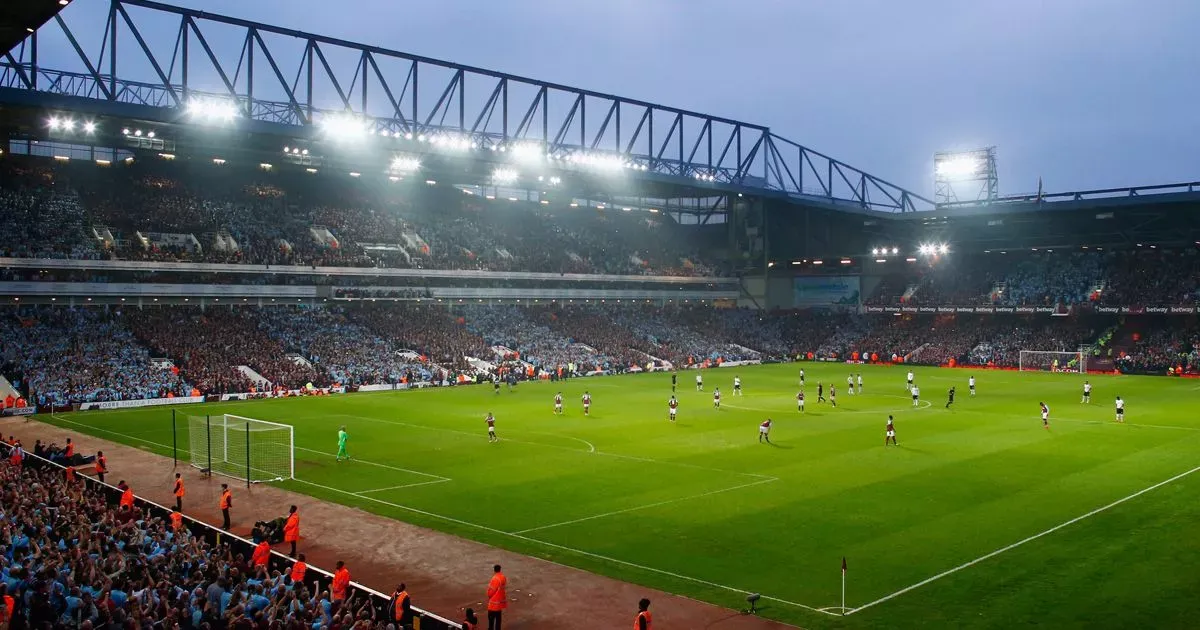
The Lost Legends: Top 10 Football Stadiums That No Longer Exist
Football stadiums are more than just venues; they’re hallowed grounds where history is made, legends are born, and fans’ hearts are forever tied to memories of glory and heartbreak.
Yet, as the game evolves, many iconic stadiums have been demolished or repurposed, leaving only nostalgia in their wake. Here’s a look at 10 of the most iconic football stadiums that no longer exist, with details on their capacity, the teams that called them home, and the stories that made them unforgettable.
1. Highbury (Arsenal Stadium)
- Capacity: 38,419
- Teams: Arsenal FC (1913 - 2006)
Known as the “Home of Football,” Highbury was Arsenal’s fortress for nearly a century. Located in North London, its Art Deco stands, built in the 1930s, gave it a distinctive charm. With a capacity that peaked at 38,419 in its later years, Highbury hosted countless memorable moments, including Arsenal’s rise under Arsene Wenger.
Its tight pitch and passionate atmosphere made it a nightmare for opponents. When Arsenal moved to the Emirates Stadium in 2006, Highbury’s stands were converted into apartments, with the pitch transformed into a garden, preserving its legacy in a unique way.
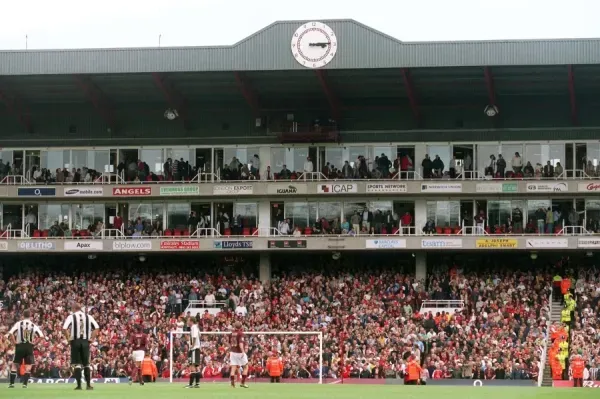
2. Upton Park (Boleyn Ground)
- Capacity: 35,016
- Teams: West Ham United (1904–2016), briefly Charlton Athletic (1991–1992)
The Boleyn Ground, affectionately known as Upton Park, was West Ham United’s home for 112 years in East London’s gritty Newham district. Named after its proximity to a castle linked to Anne Boleyn, its iconic medieval-style towers at the entrance welcomed generations of Hammers fans.
With a final capacity of 35,016, it was renowned for its electric atmosphere, fueled by the raucous crowd’s proximity to the pitch. The stadium’s final match in 2016 saw West Ham defeat Manchester United 3-2, with Winston Reid scoring the last goal. After the club moved to the London Stadium, Upton Park was demolished, and the site is now a residential development, leaving fans longing for its raw, soulful vibe.
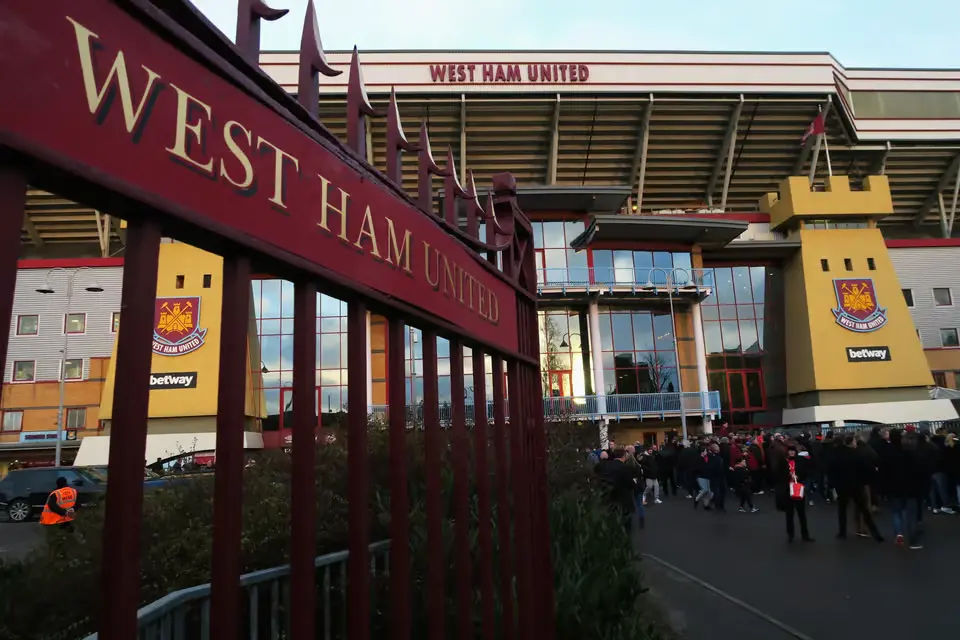
3. Maine Road
- Capacity: 35,150 (originally up to 80,000)
- Teams: Manchester City (1923–2003)
Before Manchester City’s riches, Maine Road was their home in Moss Side, Manchester. Once England’s largest club stadium with a peak capacity of around 80,000, it was reduced to 35,150 by the time City moved to the Etihad Stadium in 2003.
The ground hosted dramatic moments, including City’s 1999 playoff comeback. Its suburban setting and passionate fans made it a true footballing hub. After demolition, the site became a housing estate, but its name remains synonymous with City’s gritty past.
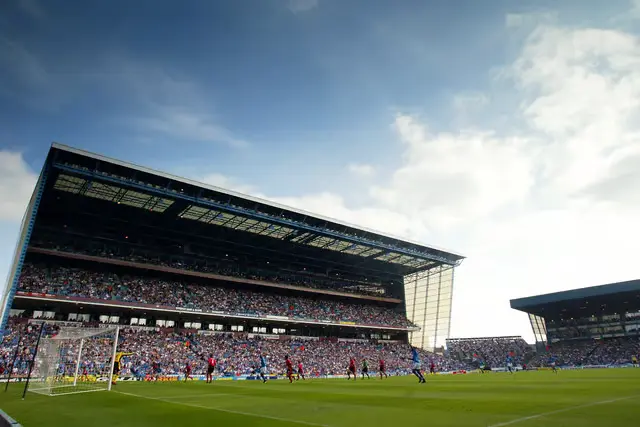
4. Roker Park
- Capacity: 22,500 (originally up to 60,000)
- Teams: Sunderland AFC (1898–1997)
Sunderland’s Roker Park was a North East footballing institution, known for its raucous atmosphere and iconic floodlights, installed in 1952. With a capacity that dwindled to 22,500 by its closure, it once held up to 60,000 fans.
The stadium saw Sunderland’s 1973 FA Cup triumph. After the club moved to the Stadium of Light in 1997, Roker Park was demolished, and a housing estate now stands in its place, with the penalty spot famously dug up by club legend Charlie Hurley.
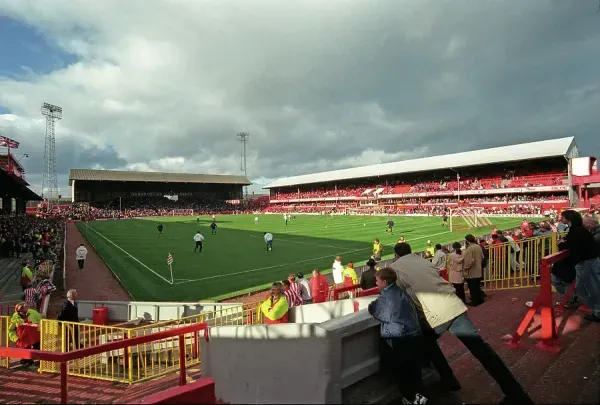
5. The Dell
- Capacity: 15,200
- Teams: Southampton FC (1898–2001)
Southampton’s The Dell was one of England’s most compact and atmospheric stadiums, nestled in a residential area with a final capacity of 15,200. Known for its steep, close-knit stands, it created an intimidating cauldron for visiting teams.
The Dell saw Southampton’s rise in the 1970s and 1980s, including their 1976 FA Cup triumph. Its quirky, asymmetrical design added to its charm. The club moved to St Mary’s Stadium in 2001, and The Dell was demolished for housing, but its legacy as a fans’ favorite endures.
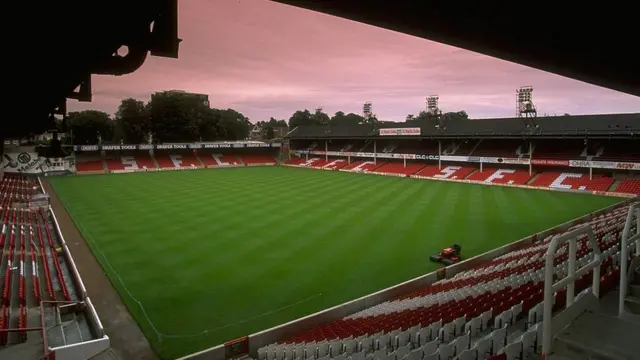
6. Ayresome Park
- Capacity: 26,667
- Teams: Middlesbrough FC (1903–1995)
Nestled among Middlesbrough’s terraced houses, Ayresome Park was Boro’s home for 92 years. With a final capacity of 26,667, it hosted memorable moments like North Korea’s shock 1966 World Cup win over Italy.
Its four striking red roofs and sweeping terraces were iconic, but the Taylor Report’s all-seater requirements and surrounding housing prevented expansion. Middlesbrough moved to the Riverside Stadium in 1995, and Ayresome Park was demolished, though its gates remain outside the new ground as a tribute.
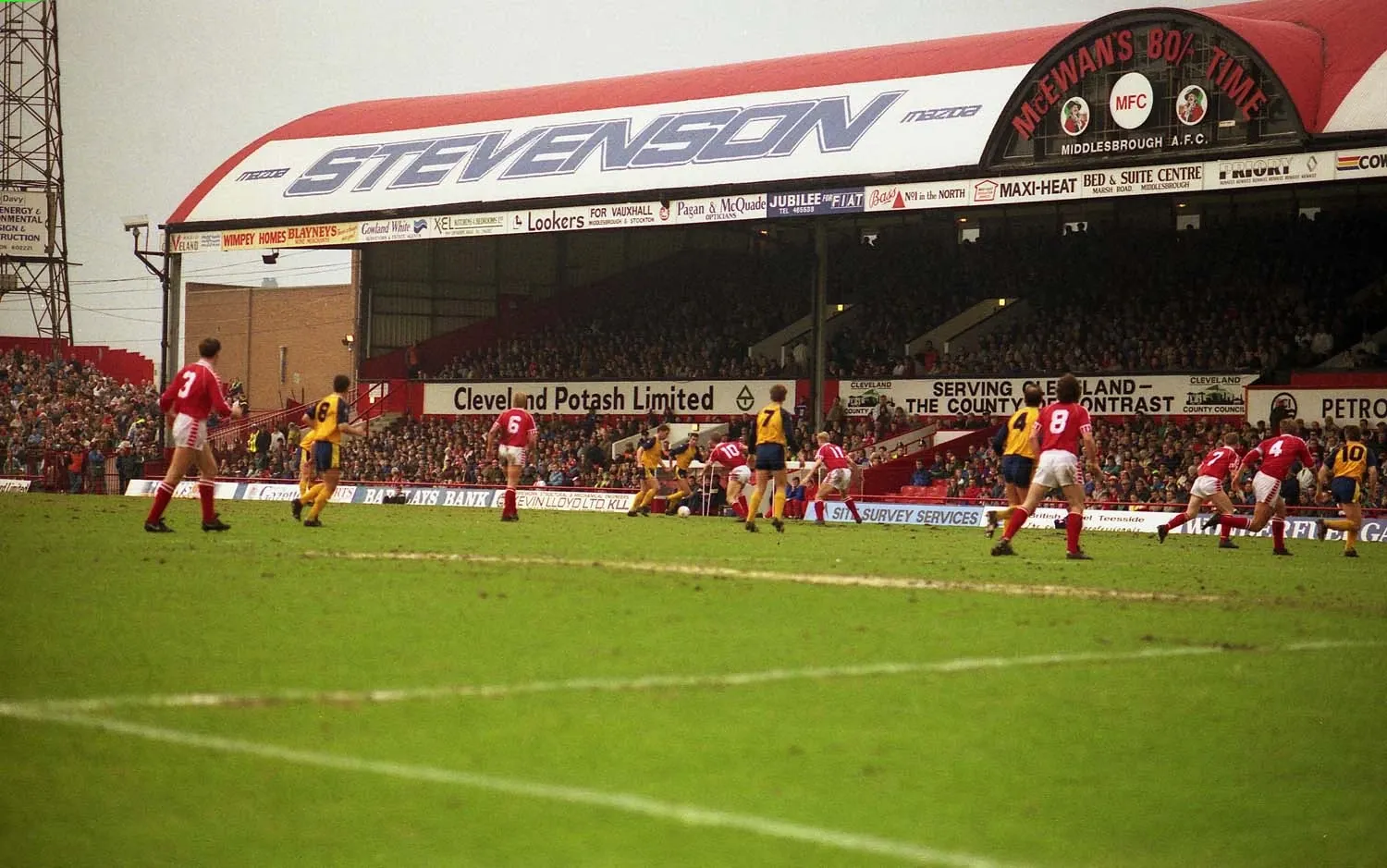
7. Stadio delle Alpi
- Capacity: 69,000
- Teams: Juventus FC, Torino FC (1990–2006)
Built for the 1990 World Cup in Turin, Italy, the Stadio delle Alpi was a modern marvel with a capacity of 69,000. Shared by Juventus and Torino, it hosted iconic matches like the 1990 World Cup semi-final between England and Germany.
However, its running track and lack of atmosphere led to its unpopularity. Demolished in 2009, it was replaced by the Juventus Stadium on the same site, leaving behind a brief but memorable chapter in Italian football.
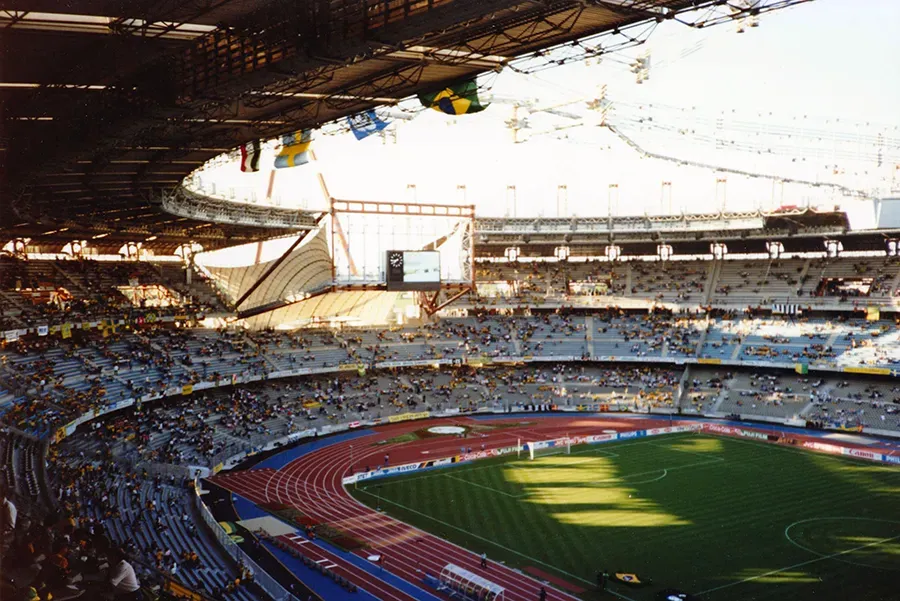
8. Estádio da Luz (Original)
- Capacity: 78,000 (originally up to 120,000)
- Teams: SL Benfica, occasionally Portuguese National Team (1954–2003)
Lisbon’s original Estádio da Luz, or “Stadium of Light,” was Benfica’s fortress during their golden era. With a final capacity of 78,000, it hosted the 1967 European Cup final and Eusébio’s iconic performances.
Its towering stands and passionate crowds made it a European football beacon. Demolished in 2003 for the new Estádio da Luz, its site now houses a modern venue, but its legacy as Benfica’s heart endures.
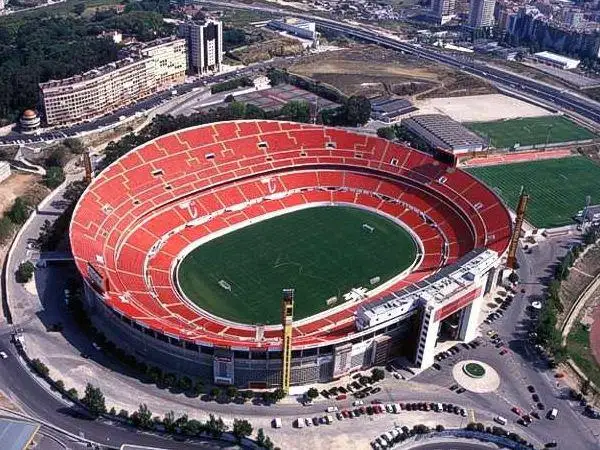
9. Wankdorf Stadium
- Capacity: 64,000
- Teams: Young Boys Bern (1925–2001)
Bern’s Wankdorf Stadium was immortalized by the 1954 World Cup final, the “Miracle of Bern,” where West Germany stunned Hungary.
With a 64,000 capacity, it also hosted the 1961 European Cup final. A mid-20th-century icon, it was demolished in 2001 for the Stade de Suisse, but its historic moments remain etched in football lore.
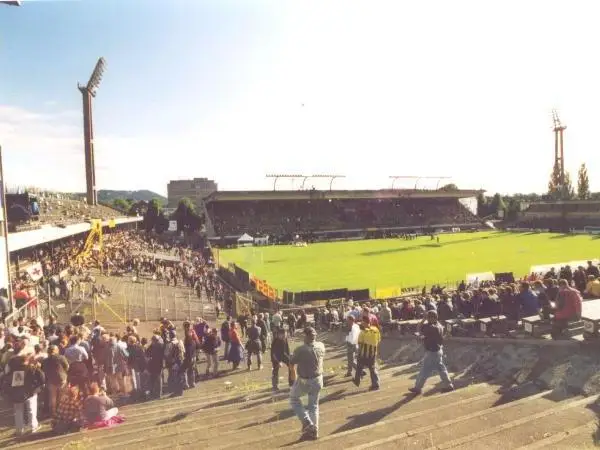
10. Zentralstadion
- Capacity: 120,000
- Teams: FC Sachsen Leipzig, various East German clubs (1956–2000)
Leipzig’s Zentralstadion was a colossal open-air bowl, one of the largest stadiums ever, with a 120,000 capacity. Built from World War II debris, it hosted East German football and international events.
Closed in 2000, a new stadium was built within its remnants, creating a unique modern venue. Its scale and historical significance make it a lost giant.
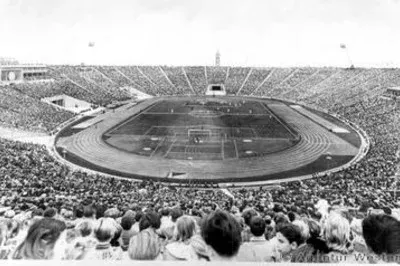
Lost Stadiums
These lost stadiums were the beating hearts of their communities, each a unique chapter in football’s rich tapestry. From Upton Park’s raw, East End passion to the Estádio da Luz’s celebration of Benfica’s golden era, their stories echo the opening sentiment of this piece: as the modern game chases progress with sleek, multi-purpose arenas, we lose the gritty, soulful venues that defined football’s past.
These stadiums, now replaced by housing estates or modern complexes, were where fans stood shoulder-to-shoulder, where triumphs felt personal, and where the roar of the crowd was the pulse of the game. Though their physical forms are gone, their legacies endure in the memories of fans, the grainy footage of historic goals, and the stories passed down through generations, reminding us that football’s soul lies not just in its present but in the sacred grounds we’ve lost.
Most Read




